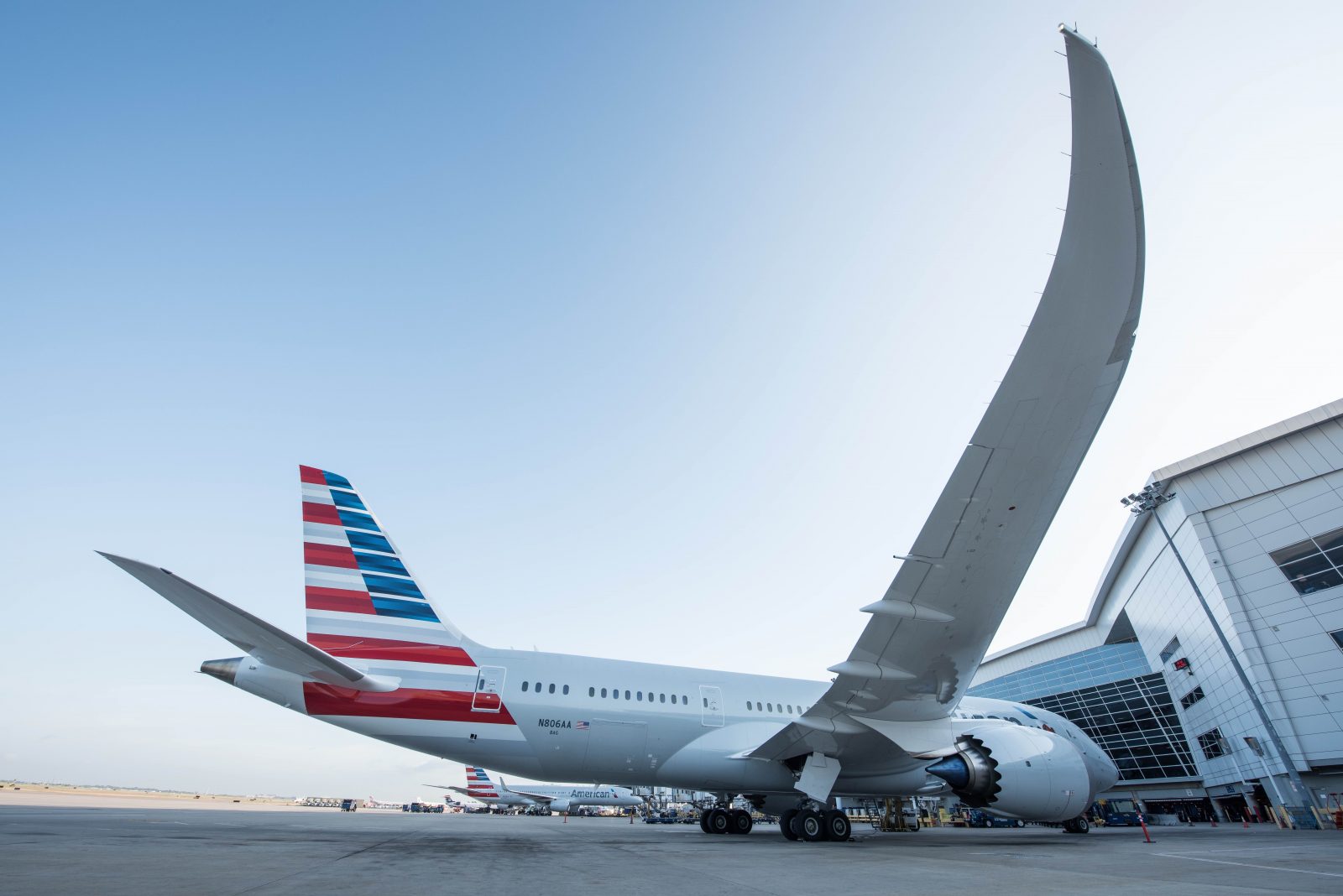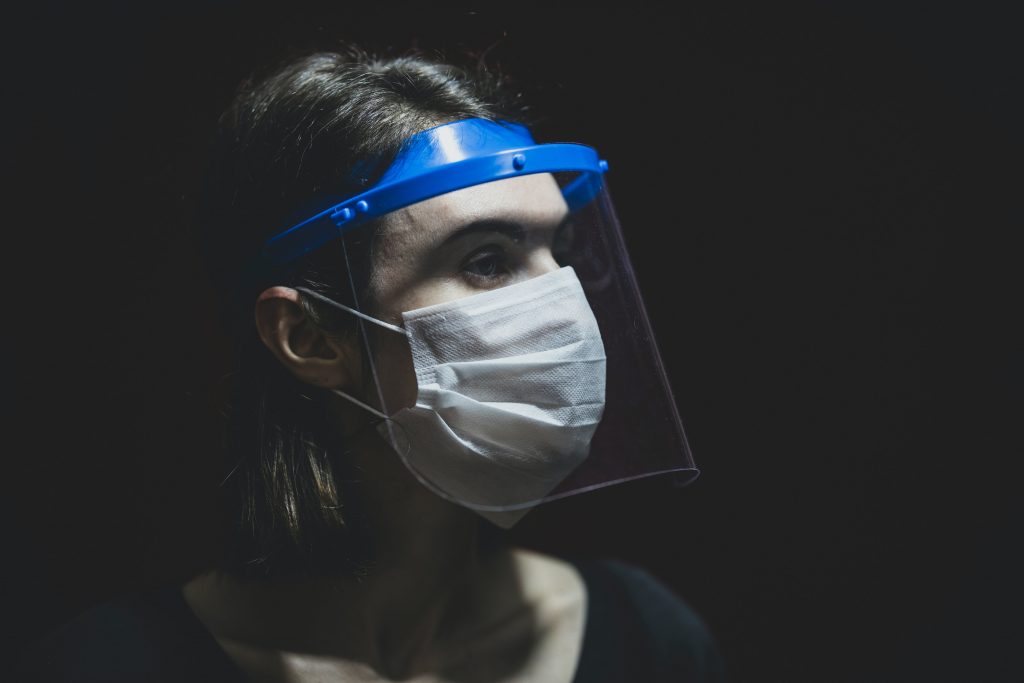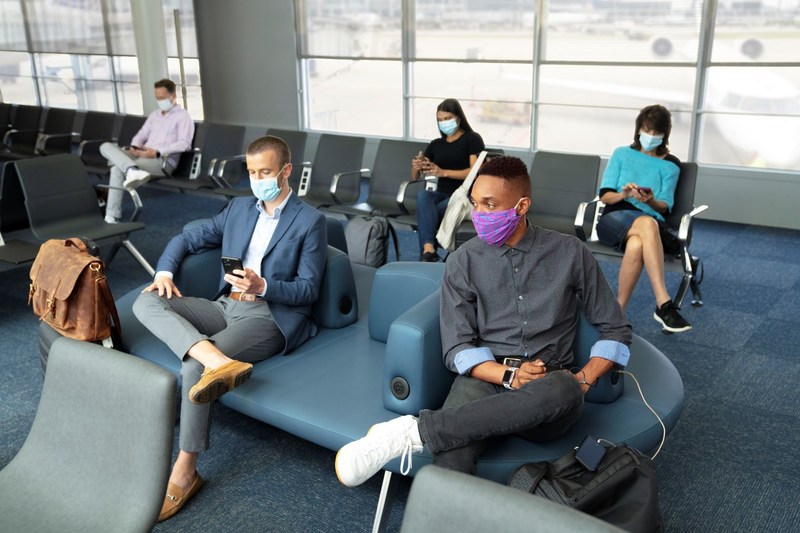
Nearly two months after telling flight attendants they were categorically not allowed to wear face shields to protect themselves from possible infection of the novel Coronavirus, American Airlines has done a u-turn and will now flight attendants to use the plastic visors. The new policy came into effect on July 22 but face shields are only permitted if worn in conjunction with a surgical mask or fabric face covering.
Citing FAA regulations, American Airlines told crew members in late May that face shields were not allowed for safety reasons and that flight attendants caught wearing the extra layer of Personal Protective Equipment (PPE) could face disciplinary action.

Boston-based flight attendant Dede Marie wrote about her experience of wearing a face shield on duty despite base leaders telling her not to. Marie claimed one crew manager told her the visor “makes customers uncomfortable” and that if she felt unsafe she should take a leave of absence instead of supplementing her face mask with a face shield.
And in March, another flight attendant was criticized by management for wearing a face mask on several domestic flights. At the time, face masks were only permitted on select international routes. In light of new guidance from the Centers for Disease Control and Prevention (CDC), American dramatically changed its policy and both passengers and flight attendants have been required to wear a suitable covering since May.
Gaining compliance with the new rules has, however, not been easy for a number of U.S.-based airlines. Along with the likes of Delta and United Airlines, American now bans passengers who refuse to wear a face mask onboard their airplanes, as well as in airports. Delta has already put around 120 passengers on its ‘no-fly’ list for breaking mandatory face mask rules.
American has also gone so far in recent days as to effectively ban disabled passengers who might not be able to wear a face mask due to medical reasons. The only exemption now permitted by the carrier for not wearing a mask is for children under the age of two. Passengers will also be allowed to temporarily remove their face covering when eating or drinking.

The same rules also apply to flight attendants, some of whom claimed a medical exemption for not wearing a face mask on duty. The airline has recently told crew this will no longer be allowed and that they must contact the in-house disability team to “review your options”.
American previously told flight attendants that face shields could pose problems with donning oxygen masks or a fire fighting hood in the event of an emergency, as well as performing CPR, or performing an emergency evacuation. But a spokesperson for American, says the airline worked with the FAA and the Association of Professional Flight Attendants (APFA) to gain a special exemption that now permits the use of a face shield.
The CDC says it still isn’t known for sure whether face shields provide any benefit to protect members of the public from COVID-19 and does not recommend the use of face shields in everyday activities. In one simulation study, however, face shields were shown to reduce immediate viral exposure by 96% when worn by a simulated health care worker within 18 inches of a cough.
Mateusz Maszczynski honed his skills as an international flight attendant at the most prominent airline in the Middle East and has been flying ever since... most recently for a well known European airline. Matt is passionate about the aviation industry and has become an expert in passenger experience and human-centric stories. Always keeping an ear close to the ground, Matt's industry insights, analysis and news coverage is frequently relied upon by some of the biggest names in journalism.







